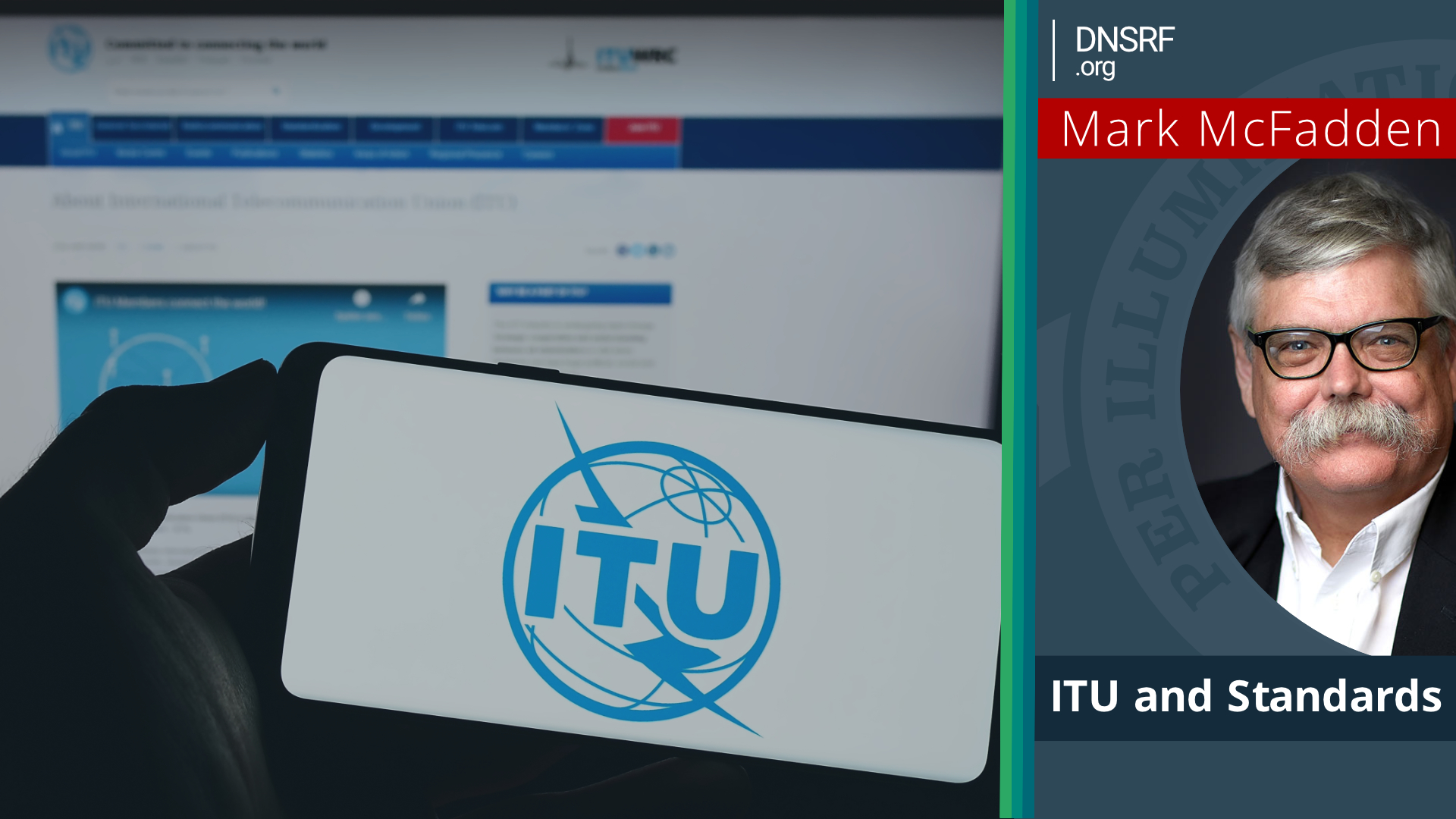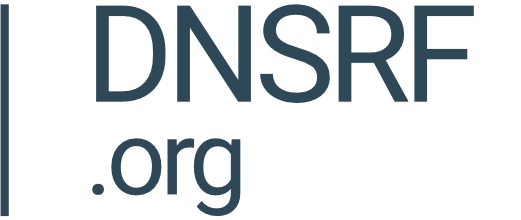What's up at the ITU?

By Mark McFadden
Leo Tolstoy once wrote that "All happy families resemble one another; each unhappy family is unhappy in its own way." It seems possible that the same could be said for standards organizations. To illustrate this, let's consider what's going on at the International Telecommunications Union (ITU).
In It's Own Way
The ITU is different from other technical standards organizations. First, it is made up of three separate and very distinct "sectors." A radio sector that sets standards for radio and satellite transmissions. A development sector that attempts to promote economic prosperity, job creation, digital skills development, gender equality, and diversity through technology. The last is our case in point: the Telecommunications Standardization sector, or ITU-T for short.
The ITU-T differs from other standards organizations because governments have a dominant role. While industry and academia play a part in the ITU-T, most of the work is done by national delegations. As a result, the community drafting and publishing standards in the ITU-T is very different than that in organizations like the IETF, W3C or ETSI. The work of the ITU-T is far more likely to reflect strategic national interests. Importantly, the ITU-T standards process is very different from the "identify a problem, design a solution" approach to standards seen in other organizations.
The ITU-T was exceptionally important in the era of the telegraph and telephone. However, history is not destiny: the ITU-T struggles for relevance in the Internet era.
Organization
The actual standards-making occurs in 11 separate Study Groups: each with a charter and a set of questions under study. Individual pieces of standards work are called "work items" as they are developed and later "Recommendations" once they are published. Each Study Group is then subdivided into Questions, which are specific topic groups. This organization is much like the areas and working groups which provide the organizing principle for the IETF.
Significantly, the ITU-T struggles to incorporate new work and emerging technologies into this organizational structure. Unlike any other standards organization, the ITU-T divides its work calendar into Study Periods; usually a set four-year period where the Study Group structure, leadership and work plan are determined. In this context, with the Study Groups largely determined and fixed every four years, the ITU-T has difficulty coping with the need to standardize emerging technology or respond to new developments in the networking industry.
To cope with this challenge, the ITU-T has a tool that works outside the Study Groups. Focus Groups are relatively ad hoc, special-purpose gatherings that are started up to address specific, emerging topics. The ITU-T has recently had Focus Groups address quantum technologies, artificial intelligence, and the metaverse. Focus Groups also have an additional flexibility: people can participate in ITU-T Focus Groups even if they are otherwise not eligible to be regular ITU-T participants.
The Focus Groups are a sort of distant early warning system for observers of the ITU-T. People interested (or concerned) about what the ITU-T may be working on in the future can watch - and even participate in - the Focus Groups to see what emerging technologies and issues might become the topic of standardization efforts in the future.
The ITU-T Now
Like many technical standards organizations, the ITU-T faces some difficult problems. First, a recent audit of the ITU's finances revealed that the organization has significant funding challenges. Despite the budget shortfalls, some members are asking the ITU-T to expand its remit - especially in new and emerging technology areas.
Study Group 13 on Future Networks has already expanded its scope to include quantum technologies, artificial intelligence as applied to networks and technical aspects of edge and cloud computing. Study Group 17 is the lead in the ITU-T on security, and its agenda has expanded to meet an expansive definition of cybersecurity. Study Group 16, on multimedia, is likely to be the home for the ITU-T's efforts on standardization for the Metaverse.
This expansion of remit comes at a time when the ITU-T is often dominated by delegations of countries from the Global North. Participation from Africa, South America and the Pacific Islands is scant. As a result, the strategic interests of a very small number of countries compete to influence the direction of the ITU-T standardization efforts.
The ITU-T Tomorrow
Setting the direction for the ITU-T involves influencing the organization of each Study Period. Once every four years, every country is invited to participate in a conference that determines the structure, leadership and work plan for the next four years. That conference is called the World Telecommunications Standardization Assembly, or WTSA. WTSA-24 is scheduled for October 15-24, 2024, in New Delhi, India.
Part of the work of the WTSA is the evolutionary adjustment of existing rules and working methods for the organization. For instance, the ITU-T has had to adjust to working models in a post-pandemic environment. This is an adjustment that is common to all standards organizations: providing an environment where standards can respond to industry needs while not being completely reliant on in-person gatherings of experts.
However, an essential part of the WTSA is revolutionary: nations and regional groupings of nations proposing new areas of work for the ITU-T. Hot topics with clear momentum include the metaverse, quantum-related technologies, digital transformation, trust in networking and the follow-on to the current generation of mobile connectivity (6G).
Why Does it Matter?
As the Internet emerged and became the dominant communications technology globally, the ITU-T has struggled for standardization relevance. While some of its work has been exceptionally important (for instance, the standard for digital certificates, X.509), most of the critical work for the Internet has been done by more agile organizations such as the IETF or the W3C.
Some nations have published explicit national strategies for standardization. These recognize that technical standards have an impact far beyond providing interoperable networking equipment and services. Many nations have identified potential economic, political and social advantages to technical standards congruent with national interests.
The upcoming WTSA will be a place to watch how the ITU-T positions itself as a relevant organization to standardize emerging technologies. Ultimately, the measure of how effective and relevant a standards organization is will be the number and breadth of standards that actually get used. In October, we will have a sense of whether the ITU-T will influence standardization for the coming decade - or if it will continue to be just another unhappy family among standards organizations.


